 Know more than your spellchecker.
Know more than your spellchecker. Homophones: Sounds Like…
Just three days ago, I was eagerly reading a new book—a winner of no fewer than three literary awards, originally published by one of the world’s largest publishing companies. The writing engaged me, and the author was doing a bang-up job with his story and characters. Before I got to the end of the first chapter, however, a band arrived on the scene. They unpacked and began playing their instruments, including a drum and a pair of clashing symbols. “How appropriate,” I thought as I bookmarked an error that had gotten past its author, an acquiring editor, a copyeditor, a proofreader, and the author again correcting page proofs, “that my next article will be about homophones.”
Homophones are words that sound alike but have different meanings. Unlike ordinary misspellings and mis-typings, homophones will walk right past the watchful eye of your spellchecker without even slowing down to show ID. They require careful reading and re-reading to pin down and destroy. The fact that some survive the editorial process to appear in published works means they have escaped the notice of any number of people, including but not limited to the author, a copyeditor, and—amazingly enough—a proofreader. Never assume someone else will find them for you.
 Peek, peak, pique
Peek, peak, pique Homophone errors can also result from the writer’s or editor’s confusion over meaning. There are worlds of difference between affect and effect, peak, peek, and pique, born and borne, or discreet and discrete, but you’d be surprised how often they’re used incorrectly by authors and how often they remain uncorrected by any number of people who are being paid to correct them.
 Sounds like...
Sounds like...  It foretold the coming of his enemies.
It foretold the coming of his enemies. Here’s a short list of the most common homophones not mentioned in the article above.
| breach/breech canvas/canvass complement/compliment dental/dentil desert/dessert elicit/illicit fain/feign faze/phase fate/fête filter/philter gaff/gaffe gamble/gambol gibe/jibe grill/grille hangar/hanger hoard/horde immanent/imminent lightening/lightning loath/loathe | palate/pallet/palette pistil/pistolpsalter/salter rack/wrack retch/wretch rhyme/rime sear/sere sensor/censer sight/site/cite sink/sync sight/site stanch/staunch straight/strait trooper/trouper vale/veil valance/valence venous/Venus vial/vile wrang/rang |
Homophones plot your destruction. They won't stop until they've embarrassed you.
It's a good idea to know more about the nuances of the language you're writing in than your spellchecker does.
If you use the wrong word out of ignorance, advanced word-processing technology won't save you.
All the fabulous pulp magazine covers on this article series were created using the amazing Pulp-O-Mizer from art by its creator, Bradley W. Schenck.
Be sure to read the earlier Self-Editing for Everyone articles.
Part 1: The Most-Hated Writing Advice Ever
Part 2: Vampire Verbs, Zombie Verbs, and Verbs that Kick Ass
Part 3: Attack of the Adverbs!
Part 4: The Weakeners
Part 5: When Words Get in the Way
Part 6: Secrets of Relative Velocity
Part 7: Two Languages
Part 8: Dialogue Tags
Part 9: Dangling Modifiers
Part 10: Passive Voice
Part 12: Point of View Violations
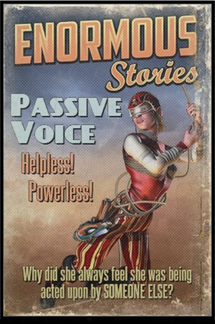


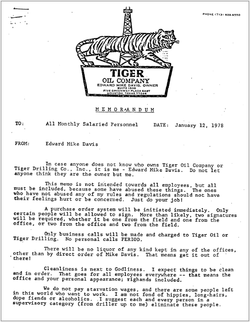



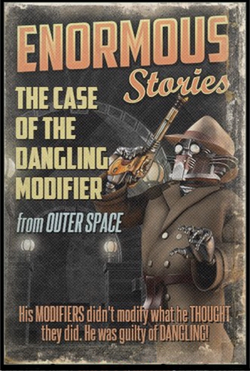
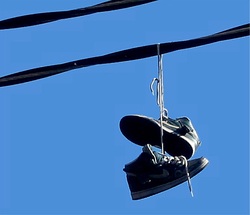





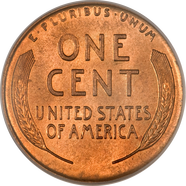














 RSS Feed
RSS Feed




